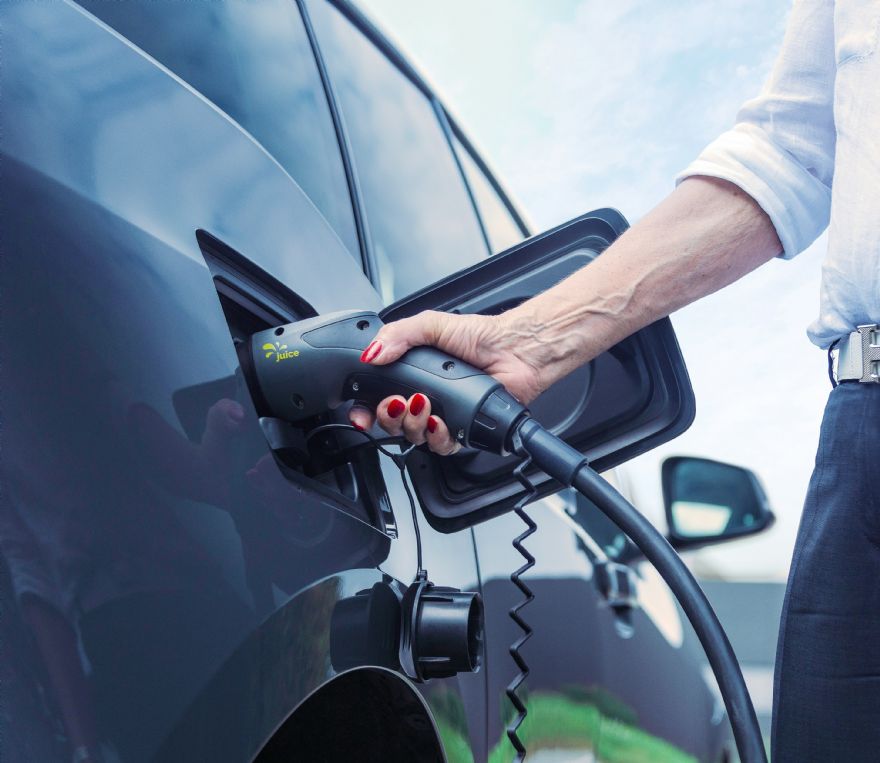
Photo by
JUICE on
UnsplashBattery electric vehicle (BEV) manufacturing in the UK is set to significantly surpass forecasts made for both global and European manufacture, with UK automotive manufacturers achieving near-total battery-electric production by 2035. Globally, BEV is predicted to account for 38% of all vehicles manufactured, while in Europe it is 57%.
The figures were released earlier this week as part of the
Advanced Propulsion Centre UK’s (APC) latest demand report. The reports have been in circulation since 2022 and provide regular analysis into the electrified vehicle sector, focusing on both light-duty and heavy-duty vehicles with the aim of forecasting battery and component demand globally, in Europe, and the UK.
While the near-total production is predicted to be in effect by 2035, in the short-term there is an expectation that battery demand will slow from previous forecasts of 2027 and beyond. This will be driven by increased demand for hybrid vehicles, which are now expected to account for a greater percentage of electrified vehicles than earlier forecasts.
Julian Hetherington MBE, automotive transformation director at the APC, said: “We have set a base-case scenario which forecasts the UK to be manufacturing 1 million BEVs by 2035. However, given geopolitical instability, uncertainty around the market and supply chain capabilities, we have also considered within the report that a more cautious forecast could see this number reduced by 150,000 vehicles. A regrowth to circa 1.3m units per annum scenario is considered possible.
“The transition is happening, and we are seeing demand for automotive batteries increasing steadily in all regions over the next 15 years, but perhaps not at the early pace we initially forecast. Hybrid production will take up a larger market share which indicates there is an increased focus on transitionary technologies to enable the shift towards electrified mobility.”
Regional differencesThe report also details the demand levels for differing battery chemistries, noting regional differences in preferences for the cathode chemistry split, battery material demand and supply for passenger cars and light commercial vehicles.
Dr Hadi Moztarzadeh, head of technology trends at the APC, said: “As OEMs are actively diversifying battery chemistries and localising supply chains to mitigate geopolitical risks and meet regional sustainability mandates, over the next 10 to 15 years we will see lithium-iron phosphate (LF(X)P) battery chemistries maintaining the lion’s share of world-vehicle production, with most of this accounted for in China.
“There will also be increases in Europe in this chemistry application, due to cost-effectiveness, material security, superior safety profile, and life cycle. It is currently not as popular in Europe and the UK, with nickel-based chemistries the preferred option, but as we move into 2027 and beyond, we will see demand for LF(X)P beginning to creep up.”
The APC’s quarterly demand reports are prepared by a team of expert analysts. They are free to download and provide forward-looking analysis to assess the current state-of-play of the UK automotive market, its supply chain and external influencing factors that impact production volumes and battery demand to 2035.